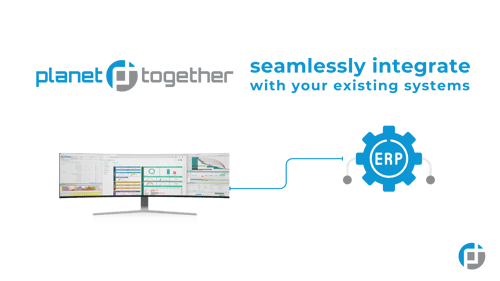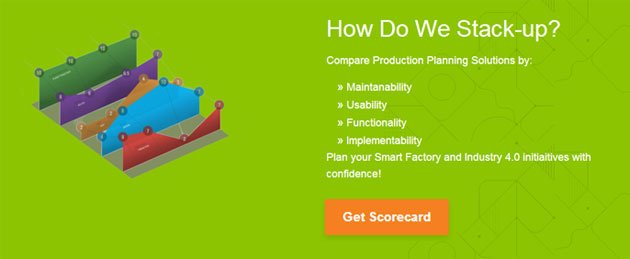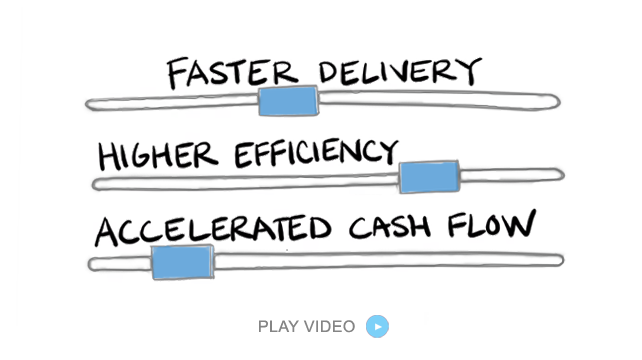Strengthening Supplier Relationships Through Smarter Cost Structures in Chemical Manufacturing
In chemical manufacturing, the complexity of supplier networks is magnified by global supply chain disruptions, regulatory shifts, and fluctuating raw material costs. For Supply Chain Managers, gaining a clear, dynamic understanding of supplier cost structures is no longer a strategic advantage—it is a critical necessity.
Today’s leading companies are leveraging Advanced Planning and Scheduling (APS) tools like PlanetTogether, integrated with ERP giants such as SAP, Oracle, Microsoft Dynamics, Kinaxis, or Aveva, to bring unprecedented transparency and agility to supplier management and cost structure optimization.
This blog explores how Chemical Manufacturing Supply Chain Managers can use these technologies to navigate supplier cost dynamics, secure strategic advantage, and improve operational resilience.
The Importance of Understanding Supplier Cost Structures
Supplier cost structures are the foundation of pricing strategies, contract negotiations, and long-term supply agreements. These structures typically include:
Raw Material Costs
Labor and Production Expenses
Transportation and Logistics
Tariffs, Duties, and Compliance Costs
Overhead and Profit Margins
In chemical manufacturing, where products often depend on globally sourced, volatile raw materials like petrochemicals, rare minerals, and specialty reagents, even minor fluctuations in one supplier’s costs can cascade through the entire production network.
Without real-time visibility into supplier cost structures, supply chain managers risk:
Accepting unfavorable pricing terms
Suffering from sudden supply interruptions
Overpaying due to hidden costs
Being exposed to volatile market forces without contingency plans
Thus, a more strategic, technology-supported approach is essential.

Leveraging PlanetTogether and ERP Integration for Cost Transparency
PlanetTogether APS, when integrated with ERP systems like SAP, Oracle, Microsoft Dynamics, Kinaxis, or Aveva, offers a comprehensive solution for real-time supplier cost structure analysis and optimization. Here’s how:
Real-Time Data Consolidation
By integrating with your core ERP (SAP, Oracle, Microsoft, Kinaxis, or Aveva), PlanetTogether aggregates supplier invoices, shipment records, purchase orders, and contracts into a centralized platform. This allows supply chain managers to monitor actual supplier costs compared to forecasts and contract terms—in real time.
Instead of retrospective quarterly reviews, managers gain live visibility into fluctuations, enabling proactive renegotiations and faster sourcing adjustments.
Dynamic Cost Modeling
PlanetTogether supports dynamic cost modeling, allowing you to simulate changes in supplier prices, tariffs, or transportation rates and see how they impact your production costs and margins.
Imagine a supplier notifying you of an impending 8% increase in solvent prices due to crude oil market changes. Integrated dynamic modeling immediately projects how this will affect:
Finished goods pricing
Customer margins
Overall supply chain cost-to-serve
This empowers immediate, informed decision-making.
Scenario Planning for Sourcing Resilience
Chemical supply chains are exposed to numerous risks—natural disasters, political instability, and environmental regulations can all disrupt sourcing. With PlanetTogether’s advanced integration capabilities, you can simulate alternative supplier sourcing scenarios within minutes.
By leveraging SAP’s master supplier data, Oracle’s finance modules, or Kinaxis’ rapid planning capabilities via integration, you can:
Identify lower-risk suppliers
Model total landed costs, including compliance fees and transport
Preemptively balance cost, quality, and supply security
Thus, you transform supplier cost structure management into a strategic differentiator rather than a defensive action.

Best Practices for Supplier Cost Structure Optimization
Integrating PlanetTogether with your ERP backbone sets the stage, but effective cost management also depends on strong operational practices. Here are some key best practices:
Develop a Deep Supplier Cost Breakdown Analysis
Work closely with key suppliers to deconstruct their cost structures. Break down quotes into constituent costs—materials, labor, transport, overhead, profit margin. Using PlanetTogether’s analytics (connected to SAP or Oracle cost centers), this data can be continuously updated and benchmarked.
This enables you to spot inflated costs, push back on unjustified increases, and target cost reduction opportunities collaboratively.
Implement Rolling Supplier Evaluations
Supplier audits shouldn’t be annual or semiannual—they should be rolling evaluations powered by integrated APS-ERP platforms.
By using live performance KPIs such as:
On-time delivery
Cost variance
Quality issues
Compliance adherence
you can maintain an active supplier scorecard tied directly to cost structure impacts. With PlanetTogether dashboards pulling live metrics from Microsoft Dynamics or Kinaxis, you maintain full control and transparency.
Pursue Collaborative Cost Reduction Programs
Instead of treating cost negotiations as adversarial, partner with suppliers on joint cost reduction initiatives. Examples include:
Improving packaging efficiencies
Consolidating shipments to reduce transport costs
Co-investing in automation at supplier sites
PlanetTogether’s capacity and demand projections can be shared with suppliers through controlled portals, giving them visibility into your future needs and encouraging better production planning and cost sharing.
Monitor Compliance and Environmental Costs
Chemical manufacturers face increasing regulatory and sustainability pressures. Supplier compliance lapses can result in massive hidden costs—fines, production delays, recalls.
PlanetTogether’s integration with Aveva’s sustainability and compliance modules enables real-time tracking of supplier certifications, ESG scores, and environmental impact. This ensures that total cost structures account for compliance and green manufacturing requirements, not just immediate material and labor costs.
In chemical manufacturing, gaining real-time insight into supplier cost structures is essential to staying competitive and ensuring operational resilience. Leveraging PlanetTogether APS integrated with SAP, Oracle, Microsoft, Kinaxis, or Aveva empowers Supply Chain Managers to dynamically model costs, proactively mitigate risks, and cultivate strategic supplier partnerships.
In today’s environment of price volatility, supply chain disruptions, and regulatory scrutiny, those who invest in intelligent, integrated supplier cost management will lead the next era of chemical manufacturing success.
Are you ready to take your manufacturing operations to the next level? Contact us today to learn more about how PlanetTogether can help you achieve your goals and drive success in your industry.
Topics: PlanetTogether Software, Integrating PlanetTogether, Chemical Manufacturing, Real-Time Data Consolidation, Dynamic Cost Modeling, Scenario Planning for Sourcing Resilience





















LEAVE A COMMENT